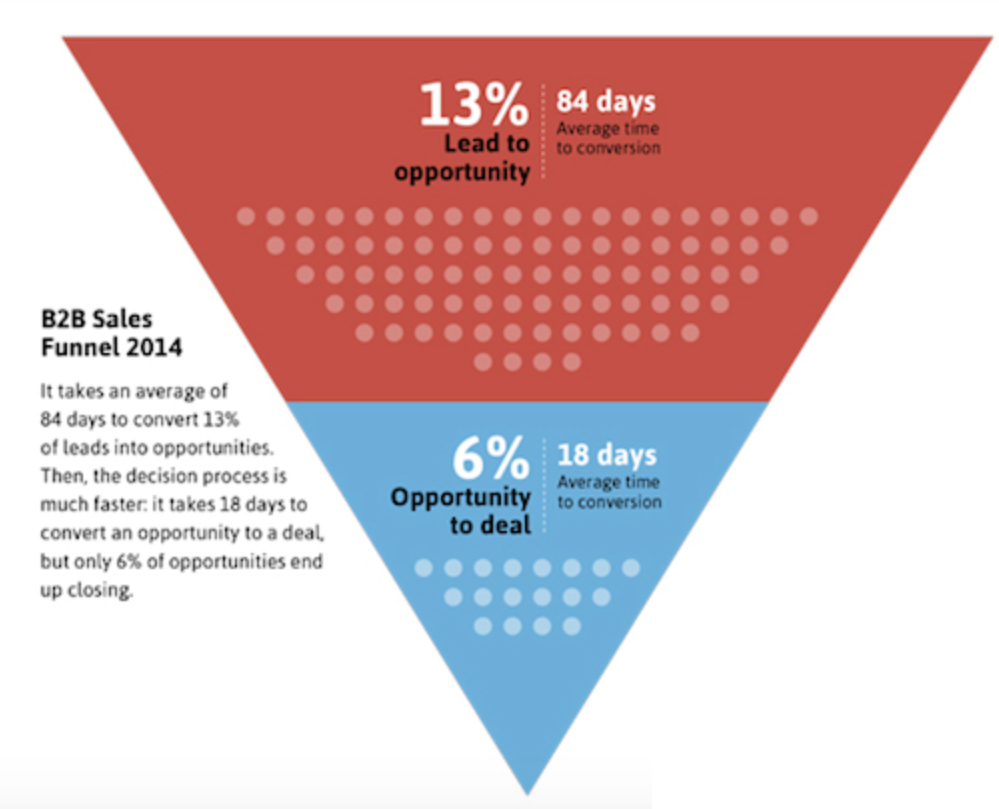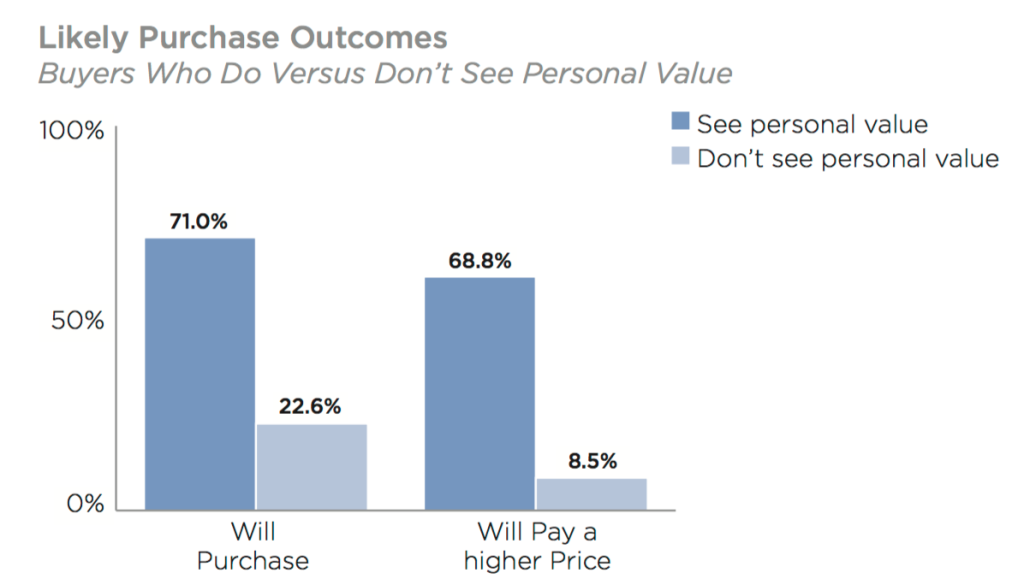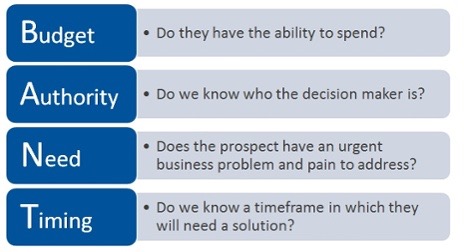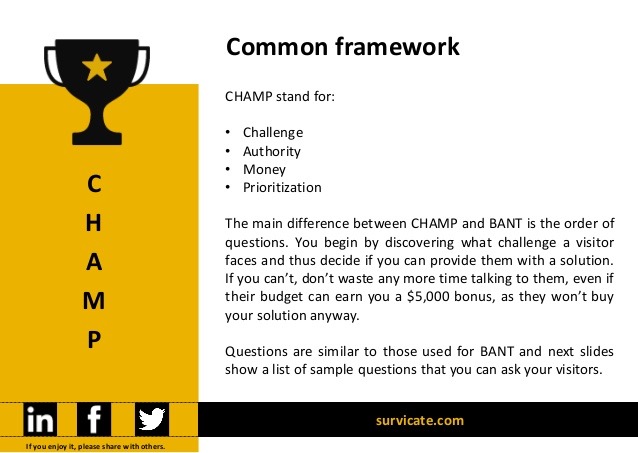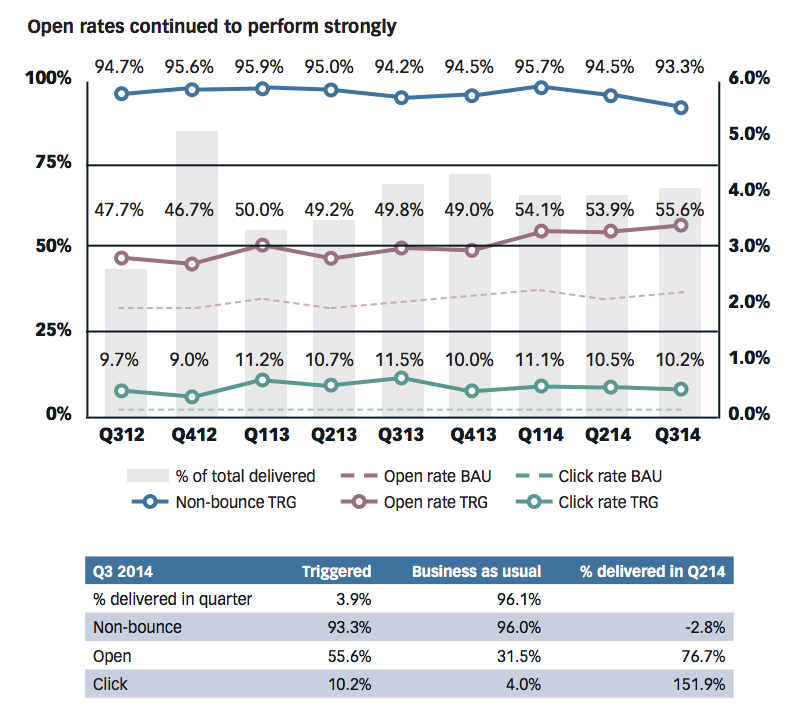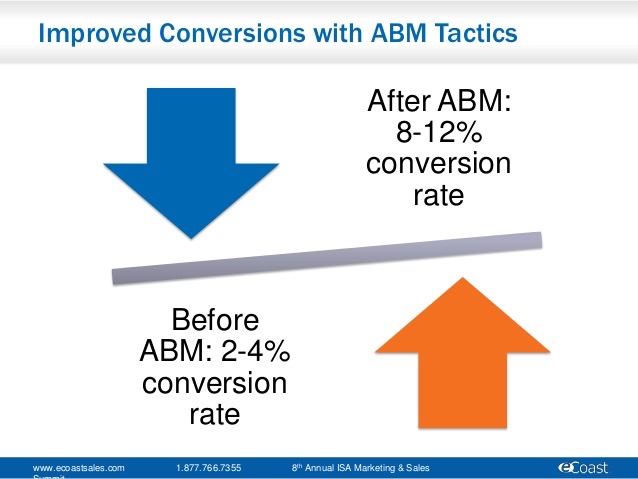You’ve spent a huge amount of time optimizing your social media, PPC, email and content marketing strategies. And yet despite the respectable level of traffic you’re receiving, you’re not seeing a decent lift in lead conversions.
It’s a problem many B2B marketers face and it’s often rooted in the difficulty of finding high quality leads. Sure you can get the traffic and a decent level of interest, but more often than not that interest doesn’t converting into paying business.
We can sit here and wax lyrical about the problem being with the quality of leads, but that’s hardly a new revelation. Knowing the problem is completely different to knowing how to fix it.
With that in mind, let’s take a look at some proven steps you can take to increase the effectiveness of our B2B campaigns.
The Basics Of B2B Sales Cycles
Before we jump into potential fixes and solutions, we need to examine the details of the B2B sales cycle. We can’t hope to orchestrate a successful customer journey if we’re not familiar with the landscape. Here’s a look at the key points of B2B marketing.
Unlike B2C, you’re not trying to convince one person. The B2B sales cycle has a number of different stakeholders and decision makers that need to be considered and persuaded. If at any point you fail to convince even one member, you’re back to square one.
Because a B2B decision has to go through so many different stages it’s a very lengthy process. Unlike B2C decisions which are often made within a few days, B2B purchase decision can take months to bear any fruit. This lengthier process gives you a better opportunity to exploit personalization and retargeting tactics, but at the same time offers a greater potential to mess things up.
One of the most prevalent myths surrounding the B2B purchase decisions is to do with emotion. More accurately, it’s widely stated that emotion plays no part in influencing a company’s purchase decision. Unlike B2C campaigns, B2B prospects are focused on the facts and need to be wooed with reason and logic.
This is completely untrue.
Emotion might not be the primary driving force behind B2B purchase decision, but it definitely plays a role. Google’s research has shown that emotion has a strong link to purchase decisions in B2B.
According to this study, 50% of buyers are more likely to purchase from you if they perceive a personal gain for themselves. Personal gains such as a promotion, confidence or some other such benefit.
Emotion may not be as important in B2B, but it’s definitely not something to be overlooked.
Finally, I’d like to quickly highlight the average B2B conversion rates across several different industries. What you’ll notice is that none of the rates are exceptionally high.
Wordstream conducted a survey into the effectiveness of B2B PPC campaigns last year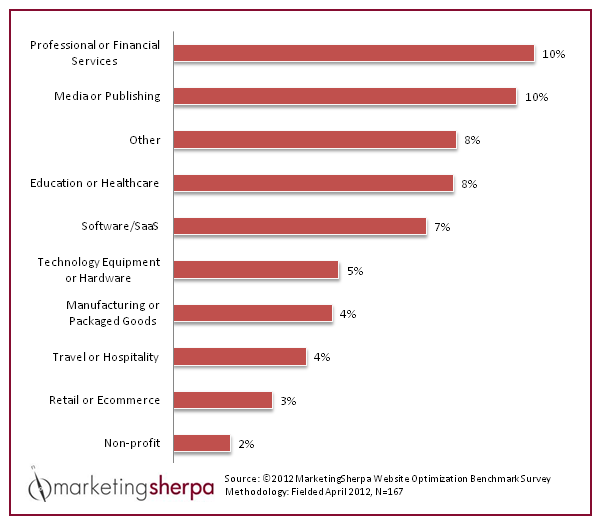 and displayed results that echo those outlined by the above from Marketing Sherpa.
and displayed results that echo those outlined by the above from Marketing Sherpa.
So, now we’ve got all that out of the way and we know the details of B2B and the average rates, let’s crack on with some handy little tips to get your campaign bringing in better results.
A Stronger Nurture Program
Only 27% of your leads are sales ready when first generated. That leaves a staggering 73% who, whilst likely interested in what you have to offer, just aren’t at the point where they want to purchase your services.
As we’ve seen above the average lead to opportunity timeline is 84 days. That’s an incredibly long time. With the current speed of business developments and the aggressive tactics your competitors are likely using you can’t expect a client to jump at the opportunity to purchase your service if you just check back in after a few months.
That’s just not how it works.
People always have and always will purchase based on trust. Your job is to ensure that your prospect’s see you as a trustworthy, knowledgeable e service provider. As yourself, who is your prospect going to trust more:
– The company who gets in touch once a month to push for a sale
– The company who offers free advice, stays in touch without pushing for a sale and is generally out to help them improve their business
Not a hard decision is it. Lead nurturing has proven time and again to be an effective method not only for increasing sales, but also AOV. Check out the below stats:
– Lead nurture emails get between 4 to 10 times the response rate of email blasts (DemandGen)
– 82% of prospects agree that content for lead nurturing, targeted to their specific industry, is more valuable. (MarketingSherpa)
– Companies that excel at lead nurturing generate 50% more sales-ready leads at 33% lower cost. (Forrester Research)
– Nurtured leads make 47% larger purchases than non-nurtured leads. (Annuitas)
– After lead nurturing 15% to 20% of the “not yet ready to purchase” leads converted into revenue producing sales. (Gleanster)
Many marketers focus on the top of funnel. They play the numbers game and try to fill the quality gap with quantity. This can provide some favorable results, but the best chance you have at substantially increasing your revenue is to nurture those who have already converted to leads.
B2B lead nurture programs are however, notoriously more difficult to implement than their B2C counterparts due to the difference in the decision making process. We’ve discovered the best method for increasing the effectiveness of B2B lead nurture campaigns is to tackle triggering, personalization and messaging with a comprehensive account based marketing campaign.
Better Quality Leads
When it comes to the crunch the quality of your leads is what really matters. I would rather have 10 quality, qualified leads over 10,000 unqualified low quality leads.
The question lies in how do you separate the wheat from the chaff?
For a long time marketers relied on and extolled the value of the BANT system. BANT would help qualify prospects based on four categories:
BANT isn’t a bad method for qualifying leads per se, but it is now a little outdated.
Marketing has evolved and BANT is something of a legacy approach. The modern alternative to BANT succeeds in one major area, productivity. It aims to first establish if the client has a need for your service. If the client has no need of the service, then you cut your losses and move on to the next saving plenty of time and increasing productivity.
Here’s a great little description from the guys at survicate.com.
CHAMP’s approach is far more suited to modern marketing. It addressing the challenge your prospect faces, which from a persuasion point of view is the most important piece of information you can attain.
Knowing your prospect’s challenge is key to optimizing your messaging to really speak to their needs. The bonus that it saves time ensures that CHAMP is a far more effective method for B2B lead qualifying and nurturing.
CHAMP’s Just the Beginning
CHAMP is great for identifying good targets, but it’s not what ultimately leads to an increase in conversions. If you want to see an increase in conversions you need to tailor the messages each of your qualified prospects receive.
CHAMP is the beginning step, but to see some real progress you’re going to have to bolster the CHAMP info with statistics including:
Priorities – Do you know what the prospect’s priorities are? Can you align your messaging with the current, largest priority?
Long Term Plans – It’s great to know the current challenges, but how does your solution also fit into their long term plans?
Risk – What are the perceived risks for decision makers? How are you able to allay these fears?
These are just a few starter suggestions. You’ll know your business better than I and will know what extra information will be most beneficial to help qualify and convince your leads. The more data you can collect, the easier it will be for your sales team to identify perfect prospects to pursue.
CHAMP is a worthwhile approach, but it’s not the final solution. Always look at adding as much data to each prospect as possible.
Behavior Triggered Campaigns
When it comes to optimizing for lead conversions, there’s always a lot of talk about getting your message right and focusing on qualified leads. These are important, but they’re only half the battle.
The second half of the equation is the catalyst that fuels rapid progress with your lead gen campaign. It is of course, ensuring that the messages you’ve spent so long optimizing are received at the most opportune moment.
There’s no point in beginning an optimized nurture campaign if the prospect has just purchased a competitor’s service is not yet ready to purchase. The now aging solution to this problem is to use lifecycle events as automation triggers. If a prospect downloads an ebook they then receive an automated campaign based on the ebook topic.
It’s an approach that has proven to work well as demonstrated by the below stats.
However, event triggered campaigns rely on the prospect actually taking action and are thus subject to your ability at creating compelling lead magnet landing pages/advertisements etc.
Thankfully marketing tech has developed to point where behavioral tracking can now offer more comprehensive and useful triggers for your nurture campaigns.
When key accounts show an increase in behavior that’s linked to purchase intent, the campaign is automatically triggered. This more personalized and behavior based approach is common in account based marketing and is proven to offer an extra lift to conversions over traditional marketing methods.
Getting your leads to convert is very much about hitting them with the perfect message for their needs. However, success relies equally on delivering this message at the most opportune moment.
Increased In House Synchronicity
The traditional business structure is to have sales and marketing as two distinctly separate entities. Unfortunately, this approach leaves a gap between the two key teams that handle your sales.
You need these two teams to be working in sync. More often than not, their distinct nature causes a disconnect. Marketing qualified leads don’t equate to sales qualified leads.
Sales become frustrated that the leads they’re being fed aren’t of a high enough quality and marketing are annoyed because sales don’t supply them with the data they need to correct their practices.
Instead of being at loggerheads with one another you need to get these two teams working in sync. This could be achieved through a change in the organizational structure or the implementation of an account based marketing campaign which lessens the divide between the two.
Whatever your approach your goal should be to reduce the gap between the two different departments and have them working in sync.
Conclusion
B2B lead conversions is always going to be a tricky business. Convincing numerous decision makers, getting the timing right and accommodating the long sales cycle is enough to derail many campaigns.
There’s no secret to implementing a more effective campaign, it simply comes down to:
– Improving your nurture campaign
– Finding better quality leads
– Getting the right timing for your messages
– Ensuring your in-house teams work well together
These are of course the basic steps and as is true with any conversion campaign you’re going to need to continue to implement your own tests and see what changes you can bring to squeeze that extra lift from your prospects.

